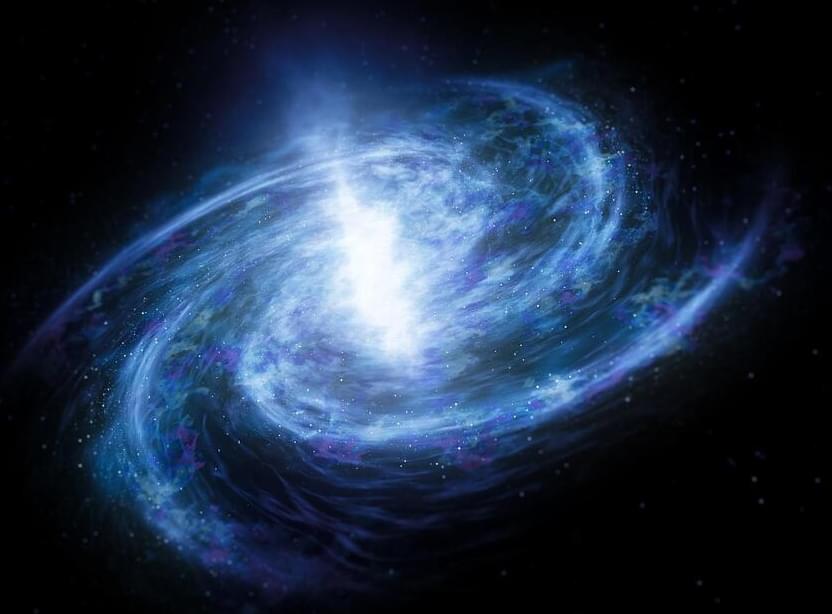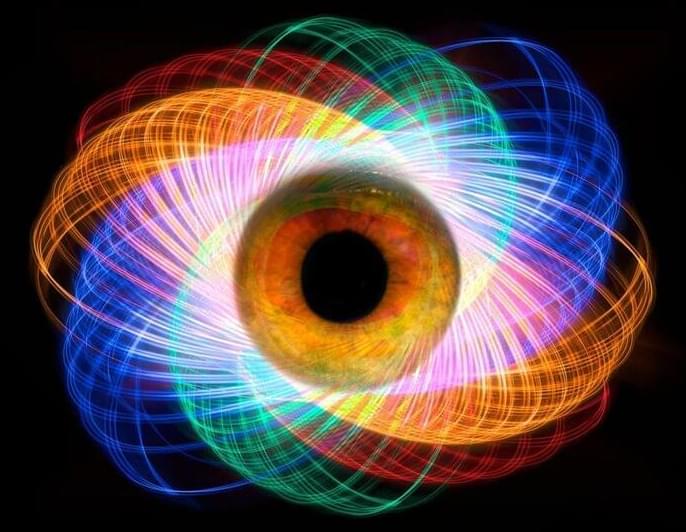The NEO Surveyor will be able to detect individual asteroid heat signatures.
NEO Surveyor is, as the name implies, a satellite specifically designed to survey objects near the Earth (NEO). One of its primary contributions will be to look for asteroids and other small bodies that are potentially on an eventual collision course with Earth but are invisible to typical NEO survey missions because of their location in the solar system.
Typically, their signals are just background noise against the overwhelming signal from the Sun. But NEO Surveyor will be able to detect individual asteroid heat signatures, allowing it to isolate potentially dangerous asteroids using this novel technique. With the increased focus on “planetary defense,” as it has come to be called, NASA has been interested in the mission, which was initially proposed in 2005, for some time.
But, as with all bureaucracies, NASA has budgetary difficulties, and NEO Surveyor was no exception. The agency initially canceled NEO Surveyor’s budget for the fiscal years 2022 and 2023, forcing project scientists and engineers to move on to other projects for their salaries. So when NASA again picked up the bill for the project, it ballooned to $1.2 billion, partly due to the increased inflation throughout the economy in the intervening years.





